Special solar systems
Everything you need to know about special solar systems and their innovative concepts for optimum space utilisation
Discover the future of land use
With the amendment to the Renewable Energy Sources Act (EEG), special solar systems have been financially subsidised since 1 January 2023. The use of such systems represents a win-win situation for the environment and agriculture, not only through the generation of green energy, but also by contributing to the sustainable management of agricultural land.
In addition, special solar systems are an innovative way of utilising land resources in a multifunctional way and creating synergies with other agricultural practices. In this way, the competition for land use for energy production can be defused. Depending on the type of system, it is possible to increase agricultural yields, reduce water evaporation on agricultural land and promote the protection of the natural environment and biodiversity by installing special solar systems.
Funding under the EEG: From 2023, special solar systems will also be subsidised as part of tenders for solar systems in the first segment. These include solar systems on arable land with simultaneous arable farming, on agricultural land such as permanent crops or perennial crops, on car parks and on rewetted moorland.
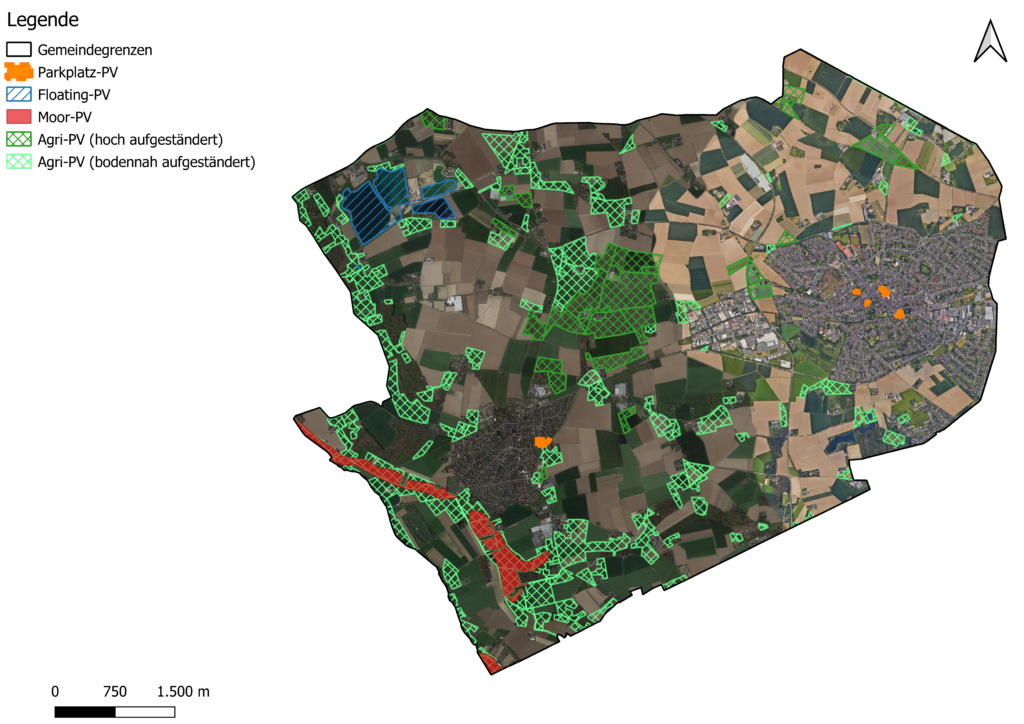
Supplement your area analysis with special solar systems and maximise your efficiency!
The corresponding system types:
Agri-PV
Discover the future of agriculture with Agri-PV
Agri-PV combines solar electricity generation through photovoltaics with agricultural use on the same land. According to Section 37 (1) sentence 3 EEG, Agri-PV systems can be installed on arable land that is not peatland, on arable land with permanent crops or perennial crops and on grassland that is not peatland and is cultivated as permanent grassland.
A basic distinction can be made between high (> 2.1 m, category I) and ground-level (< 2.1 m, category II) elevated systems. Category I is cultivated under the systems and is particularly suitable for permanent crops and speciality crops, while ground-level systems can be cultivated between the modules. The advantages of Agri-PV include a reduced need for irrigation, a possible reduction in wind erosion and a possible increase in agricultural yield.
The criteria of DIN SPEC91434 apply as requirements for Agri-PV systems. The loss of land due to Agri-PV may not exceed 10% of the total project area in Category I and 15% in Category II. The yield must demonstrably reach 66% of the normal yield. The landowners retain 85% of the CAP payments.
Let’s combine agriculture and renewable energies for a sustainable future!
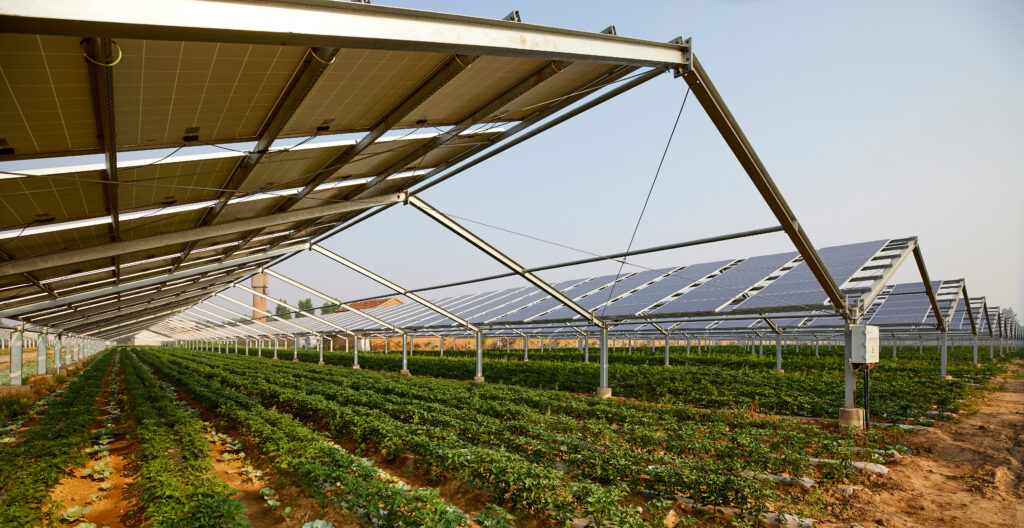
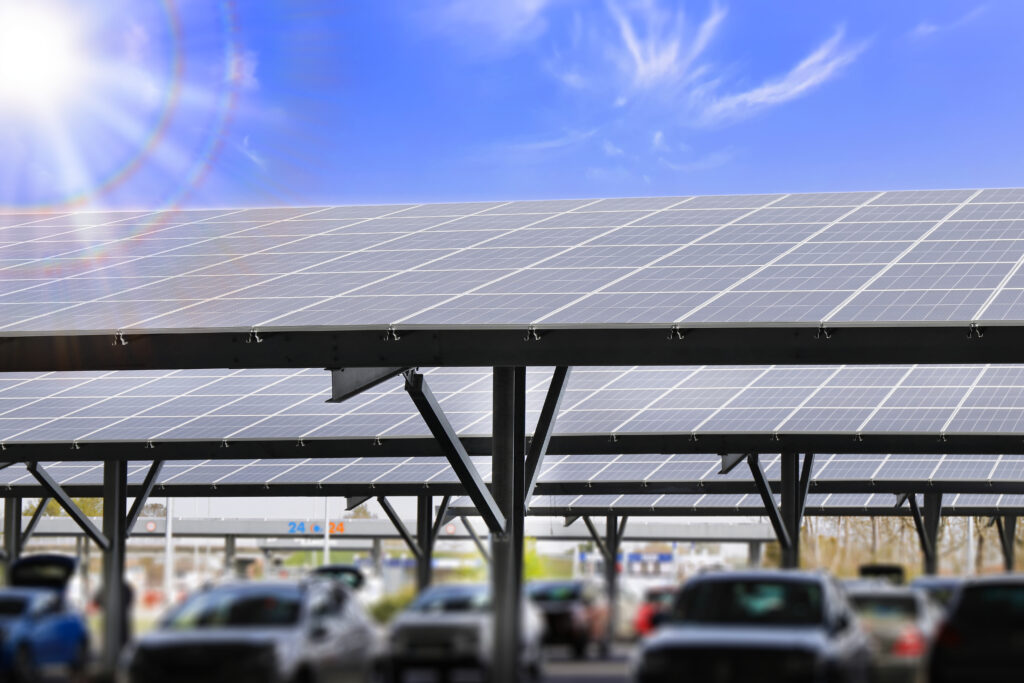
Parking-PV
Find out how car park PV uses solar energy efficiently
PV systems on car parks are eligible for funding in accordance with Section 37 (1) no. 3 d) EEG 2023, whereby the car park areas must continue to be available primarily as parking space. Car park areas in and under buildings are not part of the scope of funding. In some federal states, there is already an obligation to cover new car parks with PV modules. The minimum number of parking spaces varies from state to state.
Parking lot as power stations: use space for renewables!
Moor-PV
Are you interested in how peatland PV enables sustainable energy generation in sensitive ecosystems?
Since the beginning of 2023, open-space photovoltaic systems on drained and agriculturally utilised peatland have also been subsidised by the EEG if the area is permanently rewetted. According to Section 3 No. 34a EEG, all soils that fulfil the requirements of Section 11 (2) of the CAP Conditionalities Regulation (GAPKondV) are eligible for funding. The area of peat soils is defined in § 11 para. 3 GAPKondV. Further requirements are laid down by the Federal Network Agency in the determination ref. 4.08.01.01/1#4.
Let’s protect peatlands and generate clean energy at the same time with peatland PV!
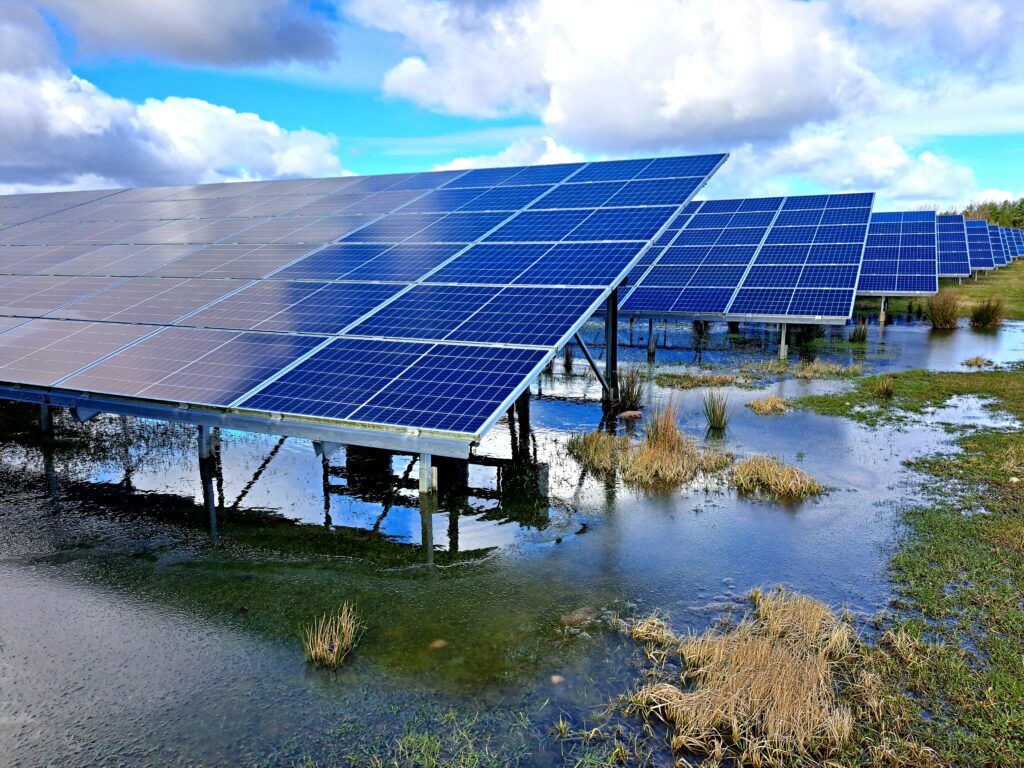
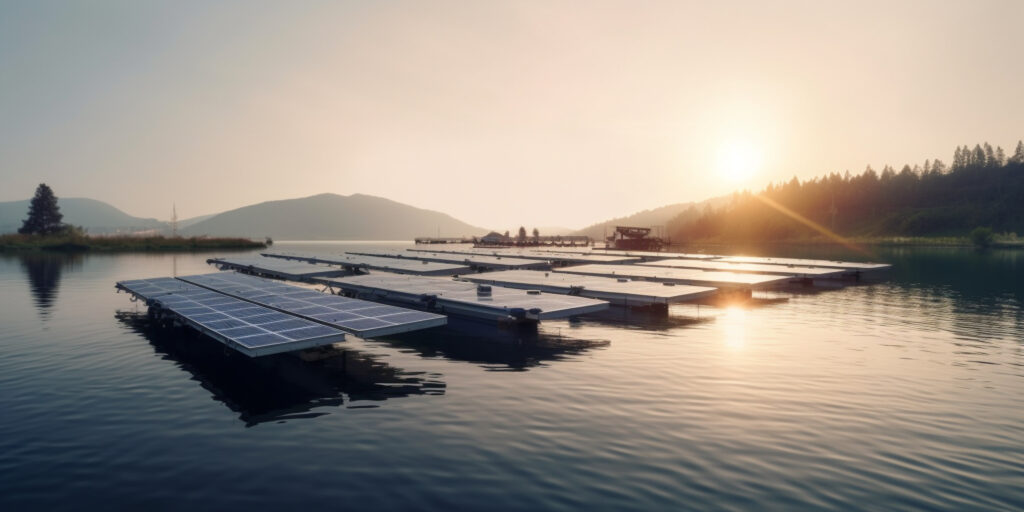
Floating-PV
Find out more about how floating PV is changing energy production
Floating PV systems are PV systems that float on a body of water and can be subsidised as part of the photovoltaic tenders in accordance with Section 37(1)(2)(j) EEG. The construction of floating PV is only possible on artificial bodies of water within the meaning of Section 3 No. 4 WHG or on heavily modified bodies of water within the meaning of Section 3 No. 5 WHG. The construction of Floating-PVs on ecologically valuable bodies of water or in protected areas is excluded from funding. Quarry ponds where mining work is currently taking place can also be considered for the construction of floating PV systems if the legal requirements are met. In principle, the floating PV system may occupy a maximum of 15 % of the water surface in accordance with Section 36 WHG and must maintain a minimum distance of 40 metres from the shore. The cooling of the modules by the water increases the yields of floating PV systems compared to conventional ground-mounted systems.
Let’s use water surfaces for renewable energy with floating PV!
Let’s shape the world with renewable energies together. Get involved!

Ready for the next step? These special forms of solar energy offer not only innovative solutions, but also a sustainable energy future. At Nefino, we are not only ready to provide you with the necessary information for special solar installations, but also carry out comprehensive analyses to ensure that your solar projects are effective and efficient. Don’t wait any longer – integrate Agri-PV, Floating-PV, Parking-PV or Moor-PV into your planning and set an example for an environmentally conscious future. It’s time to make decisions that make a real difference.
Get more information today!
If you are interested in further information, please call us on weekdays between 9am and 5pm or fill in the form opposite.